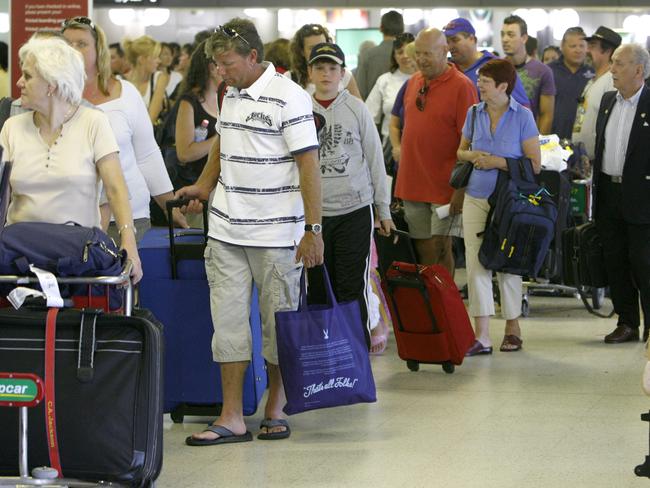Why you should always pick the security line on the left at the airport
WANT to get through the dreaded airport security lines faster? This simple trick can help you avoid the longest queues.
BEYONCE has been telling us to stick to the left for the last decade, and when it comes to airport security, you would be wise to take the pop star’s advice.
Expert travellers have revealed how choo sing the correct queue ahead of your flight can make a massive difference during peak times, The Sun reports.
The stress of air travel often means we try to rush through security checks without paying much attention, but this could actually cause travellers to get stuck in slower queues.
According to a user on online forum Quora, we subconsciously pick which side to line up on depending on our dominant hand.
And considering the majority of people are right-handed, the lines on the right will be busier than those on the left.
The travel expert also explained that some airports have an extra security line for spill-over passengers located off to the side of the main queues — and it rarely gets busy.

The Quora user, who calls himself an expert on airports, said: “Because they are mostly right-handed, people choose the right line while the left one is often less busy.
“Some airports also have a hidden security line, away from the rest, often faster than all the rest.”
So in the case of airline safety checks, left is right.
Another user on Quora provided a cunning hack to prevent travellers from waiting too long for their luggage when they arrive at their destination.
Picking up a free “fragile” sticker from airport staff and slapping it on your bag can allegedly speed up your wait time.
The user wrote: “The guys transporting your luggage will take extra care so as to not break your item. Most often the fragile tagged luggage come on to the belt first.”
Meanwhile, if you want to make sure your luggage always arrives first on the carousel on arrival at your destination, check in last.
This article originally appeared in The Sun and is republished with permission




